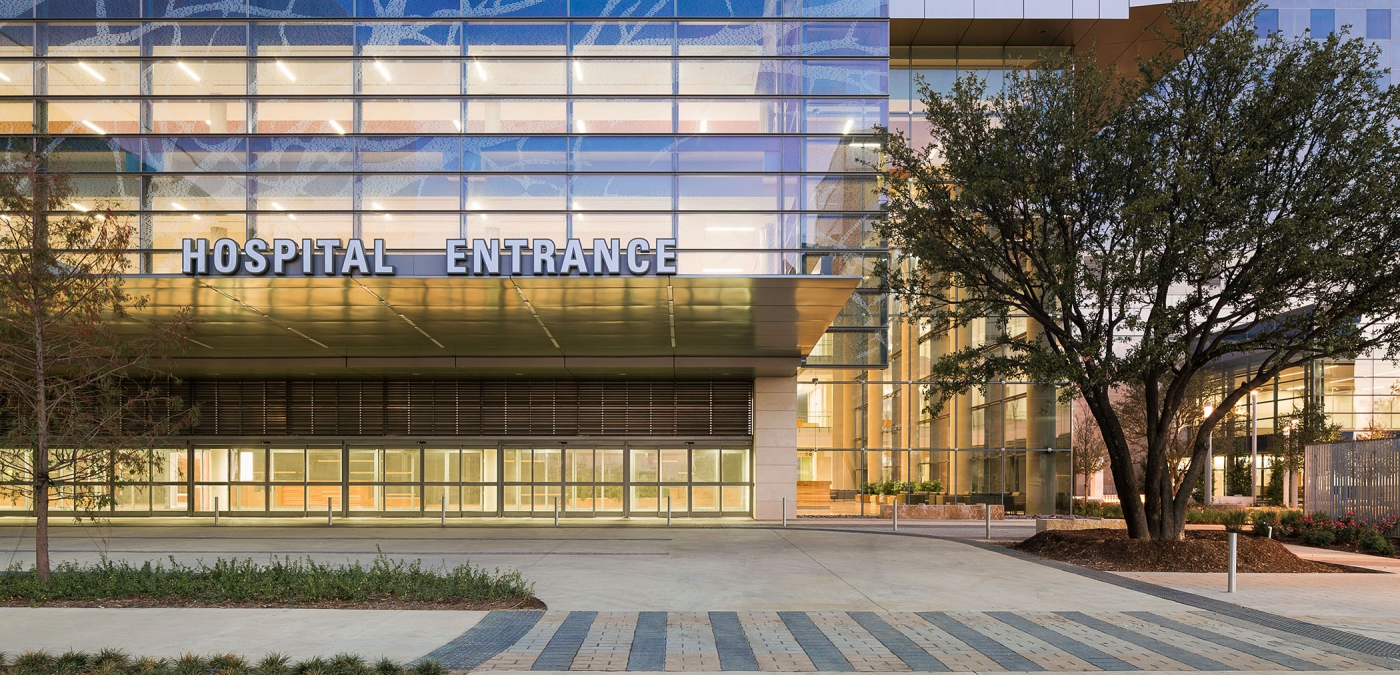
From 2015 the majority of transactions amongst alternative real estate assets were registered in the healthcare segment. This sector seems to be fairly developed in other European countries, and in the past years it has been quite successful in Italy too, with an increase of private facilities that are authorized to provide healthcare services through accreditation process. But what is the future of this asset class going to be after the emergency?
If on one hand Covid-19 has revealed the availability and management issues of this segment, on the other it helped acknowledging the importance of these assets for the country’s welfare and the necessity to improve the healthcare sector in Italy. This mainly includes clinics and hospitals, but also pharmacies, care homes and the newest structures for the containment of infectious diseases.
The Decree “Cura Italia” set an investment plan aimed at reducing the differences between healthcare services in Norh and South Italy, as the facilities with the highest number of beds are mainly set in the North. The decree has therefore set the technological development of existing facilites, which are often obsolete in terms of management and technologies, making this asset class even more interesting.
Other norms have therefore introduced changes regarding pharmacies by authorising them to provide basic healthcare services and extending the possibility to open inside airports, train stations and shopping malls. The professional and suitability requirements will therefore be required only to the pharmacy’s director, and the shareholder will no longer necessarily be a pharmacist too. Some investors had already started to invest in pharmacies in recent years, along with nursing homes.
These facilties will be very important for the country’s welfare in the near future: healthcare facilities like hospitals will need to be technologically advanced and specialised in primary care, relating on a second level of healthcare facilities like nursing homes which will be multipurpose, specialised in recovery care and will have all isolation safety and distancing devices. On one hand they will provide assistance to housebound elders and on the other provide a social service to their families, who are ever more busy and disaggregated. These facilites will contribuite to decongest beds in hospitals by taking care of patients in the post-surgical and long-term phases, allowing the healtcare system to focus on emergecies and acute phases.
Many real estate organizations are investing in this segment in a long-term view working with institutional investors. In Italy there are around 20 institutional investors who have included these facilities into portfolios that are either specialised in healthcare assets or have many different asset classes altogether.
The real estate expertise can play a significant role for the development and enhancement of these facilites, which require many skills to answer need that are increasingly getting complex.
